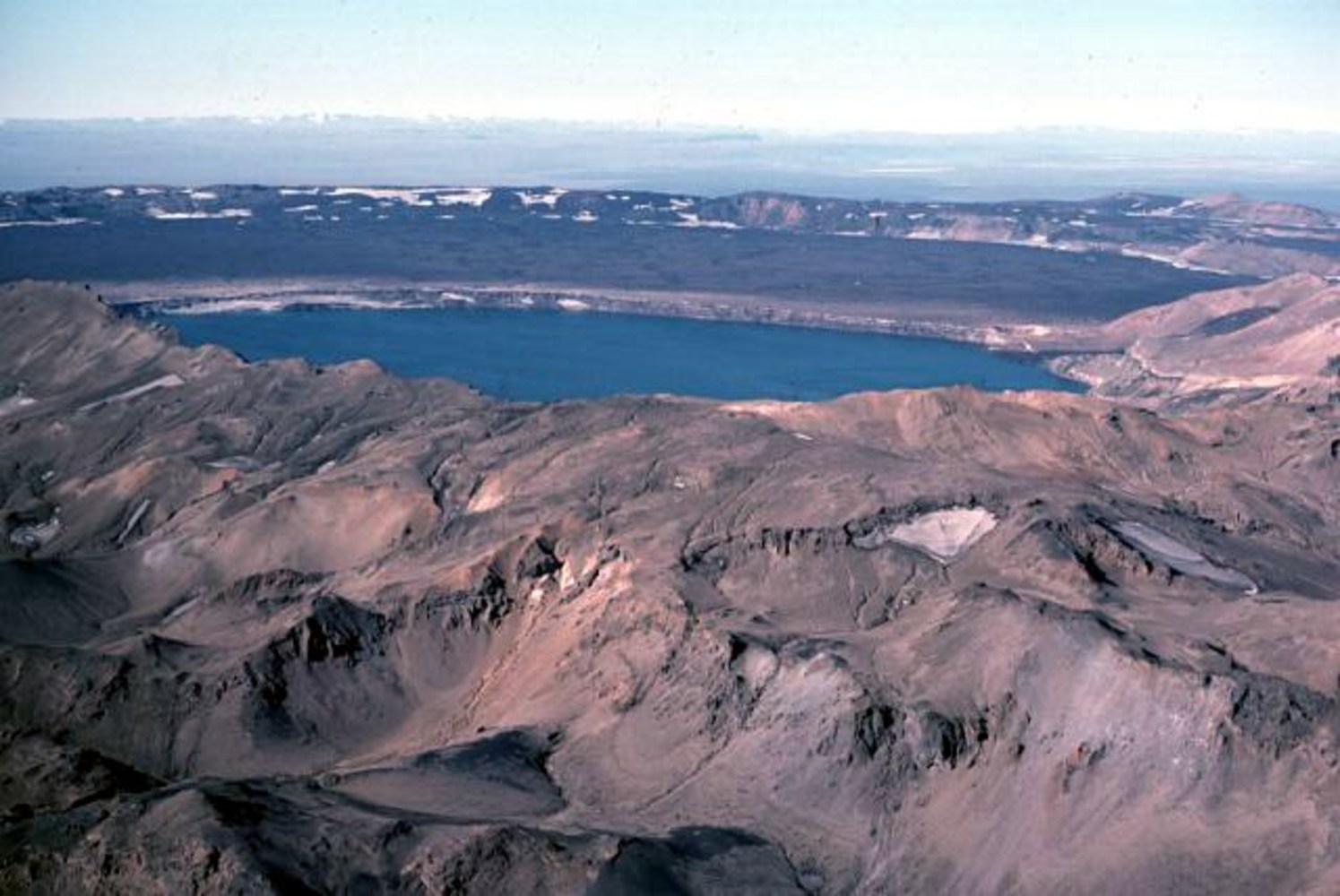Unearthing the Cause of Mass Extinction
Interview with
Henrik - Let me bring you back 10 years or 15 years when my colleague discovered some amazing structures from seismic data in offshore Norway, almost like big volcano structures and you can see them on seismic reflection data extending perhaps 4 or 5 km down into the seafloor. He was really intrigued about this and wanted to understand what they were.
Chris - How big are they then in terms of cross-section because obviously, that's very tall, but what about across?
Henrik - Up to 10 km across. It's a really big kind of crater structure and to make the long story short, I started doing this work in South Africa to look at fairly similar type of structures exposed on land to really get a better feeling for what this could be. What I found was really amazing - from big structures, big craters filled with crushed rocks - but I didn't find any volcanic rocks. So, my conclusion was that, these structures were formed by gas release, explosive gas release from the Earth's crust and that the gas release was triggered by the action of igneous rocks, melted in the Earth's crust.
 Chris - Why did they form where they formed then?
Chris - Why did they form where they formed then?
Henrik - They formed because in the subsurface, 183 million years ago, that part of South Africa was intruded by melt and the melt triggered gas formation and that led to overpressure and then blow out structures almost like volcanic structures releasing the gas to the atmosphere.
Chris - It's like an exhaust pipe for a volcano.
Henrik - Yes, that's a fairly good description.
Chris - And what would be the effect of these things? What would come up through them? For how long? And what would be the local environment?
Henrik - That's been our subject of research for many years and we have different approaches to this. We do the field work, we look at the minerals inside these pipe structures, and we also do a theoretical modelling to understand what's coming out of these pipes. And in conclusion, the gas composition that's coming out is related to what type of rocks are heated in the subsurface. So if you heat sand with pour fluids, with water, you form watervapour. If you heat shells which are rich in organic matter, you might form methane or CO2. But for the case of South Africa, the main gas component we think was methane and then of course, things started to get interesting because methane is a greenhouse gas and we're trying to quantify the volumes of gas release and it's definitely within the range that it would've created global warming if it was erupted fast enough.
Chris - Gosh! So how long would these things have remained active do you think?
Henrik - That's a question which is extremely difficult to answer. We're doing the best we can with the best available methods and we can say that everything happened within half a million years.
Chris - That's quite short, isn't it? What sort of volume of gas are we talking about?
Henrik - Billions of tonnes of gas.
Chris - Gosh! So that's going to be quite a few degrees potentially of global temperature change if all that sort of gets burped out in one convulsive release.
Henrik - That's right and if you look at what happened on Earth at the same time as these pipe structures formed, there was indeed a global warming episode in the early Jurassic. So we think that perhaps these two were linked together. The main challenge today however, is to find that direct link, not only to say that this happened at the same time but actually to say that they were linked process wise and that's really difficult.
Chris - So what are the outstanding questions? Where are you thinking this needs to go next to try and resolve this?
Henrik - I think we need to understand extinction mechanisms and what can actually lead to the demise of life on Earth, and at the moment, there is really a big confusion about process.










Comments
Add a comment